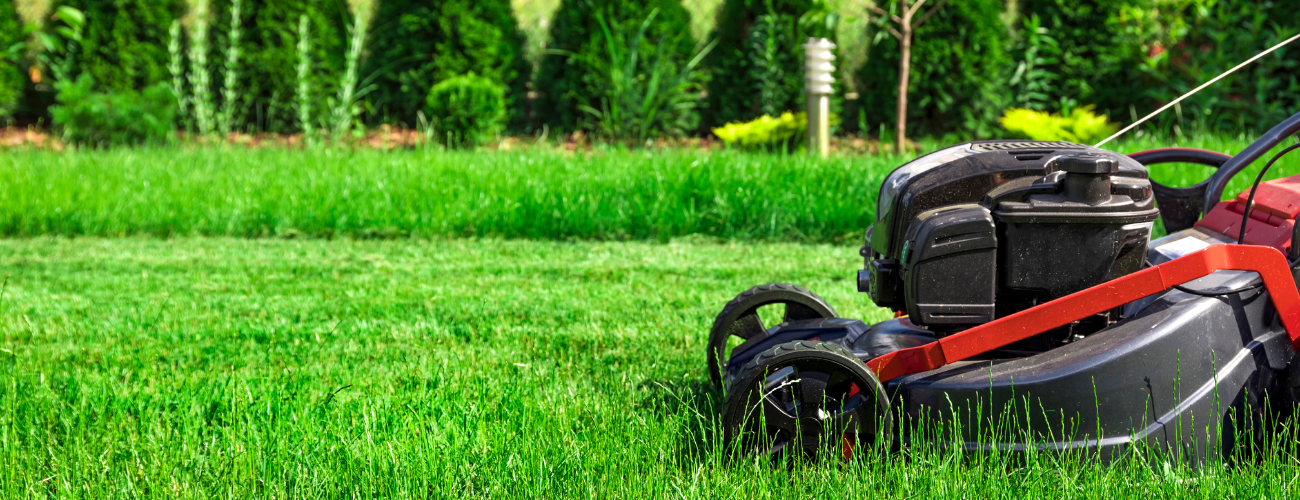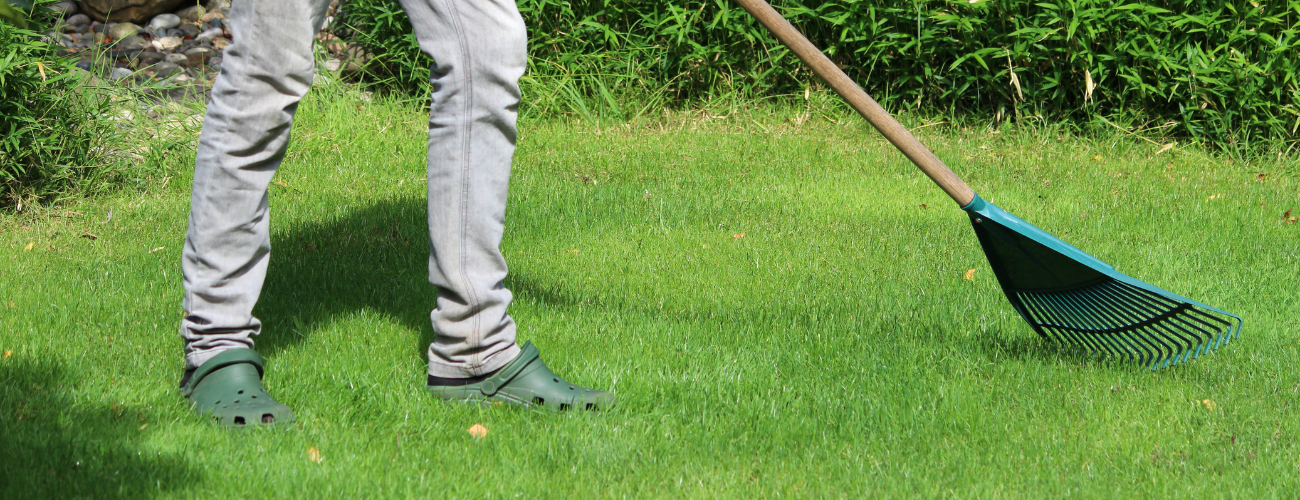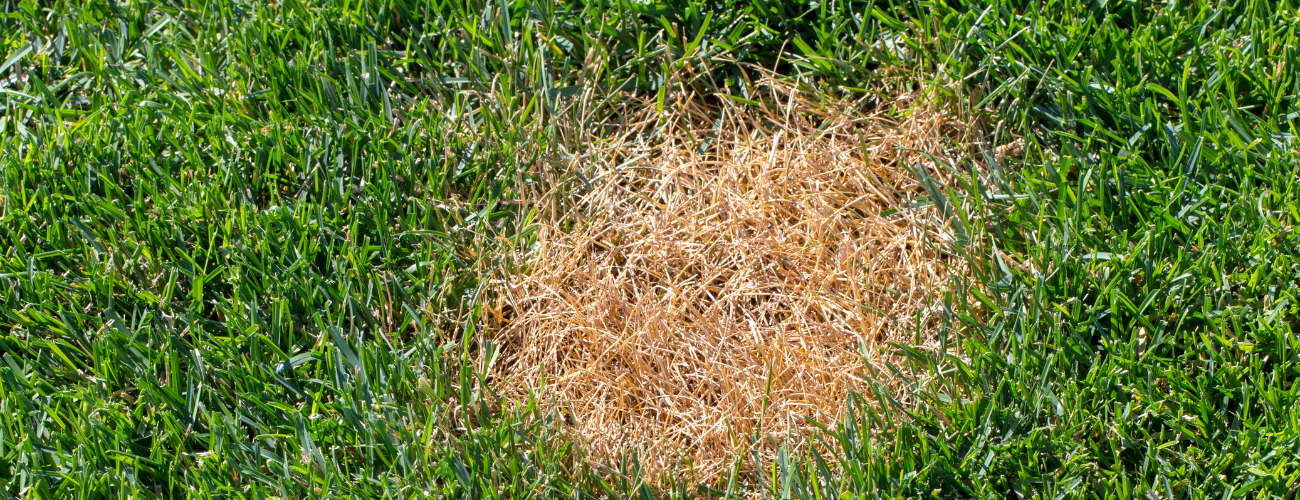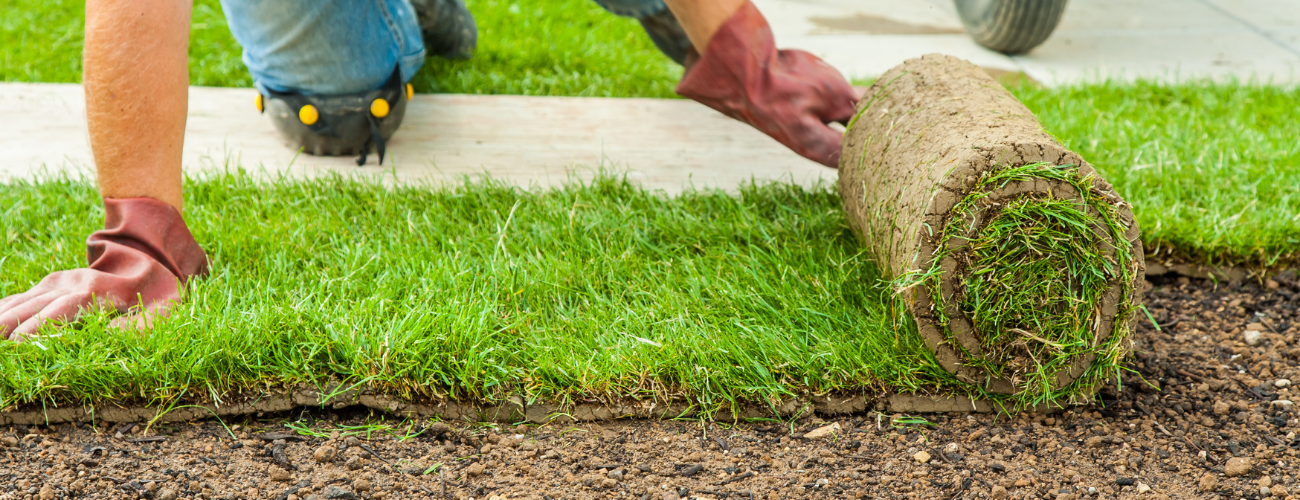With the weather forecast showing plenty of rain and warmer temperatures for the next two weeks, your lawn will be growing away strongly. It is time to start thinking about lawn maintenance. If you have bulbs naturalised through your lawn, wait for 6 weeks after flowering before you mow. This will give the bulbs a chance to photosynthesise and build up their energy stores for the following year.

If a short green sward of grass is what you are after for this summer then it’s time to get out the mower. Put it on the highest setting to begin with. In spring aim to keep your lawn at about 4cm. If your grass is very long take it down in stages with a week between each cut. Remove the clippings and mix them with woodier materials before adding to your compost heap. Alternatively use as a mulch around shrubs at the back of your borders. Only mow your lawn in dry weather to prevent the mower becoming clogged with wet grass. Neaten up the edges using a half moon tool or shears.

Next gently rake your lawn and remove all the scrapings. If there are any patches that were really soggy over winter, make holes with an aerator tool and brush in top-dressing. For patching bare or sparse areas, turf is now on sale at our garden centres. Call in to pick up a fresh roll. Alternatively grass seed can be sown or mixed in with top dressing and scattered on. If your lawn needs a boost apply a high nitrogen spring lawn feed to promote strong growth.
Finally mow once every fortnight or weekly depending on how strongly your grass is growing.

Leatherjackets are the larva of crane flies (Daddy long legs); they cause yellow patches in your lawn. These patches will die off completely. Another sign of their presence is birds making round holes in the lawn as they search for these delicious grubs. To treat leatherjackets, apply nematodes to your lawn when temperatures are consistently above 12’C. Nematodes are available from online sellers.

If you want to create a new lawn, now is the perfect time. Prepare your soil in advance by clearing any weeds. Perennial weeds such as dandelions and couch grass will grow up through any turf you lay. Do not use a residual weedkiller as it could affect your new turf. Dig or rotavate the soil to about 20 cm depth to relieve any compaction. Add well rotted organic matter to improve the soil. Leave the ground to settle for a while. If you don’t do this you may find as the soil settles it develops dips and hollows. Leave it for at least a week but longer if possible. Check again for any weeds and then firm the soil with a ‘foot-shuffle’ over the surface and rake until flat and even. Sprinkle a general purpose fertiliser over the surface.

When laying turf it is best to walk on a board rather than on the soil or turf directly.
Begin at one side and work across the area laying pieces, so the joints are staggered like a brick wall.
Push pieces tightly up against each other so there are no gaps.
Firm it down gently as you work, so that it comes into contact with the soil beneath and water it well.
Do not walk on it again for at least three weeks and allow it to bed in before mowing. Try lifting a corner gently and if it is difficult to do then you can walk on it.
Turf is on sale now at our garden centres. Rolls are 40 x 162 cm. To work out how much you need, divide the area in square metres by 0.66. This will give the number of rolls required. For example, an area 4m by 5m = 20m², 20 ÷ 0.66 = 30.3 so you will need 31 rolls. We regret that due to its short shelf life we do not reserve or deliver turf. Come and speak to one of our experts in the plant departments for more information.

By our resident horticultural expert











